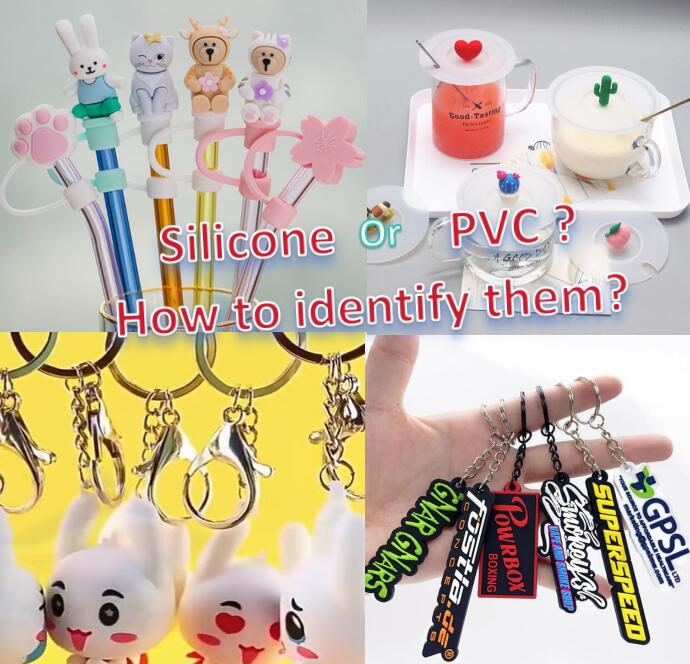How to test FDA silicone kitchenware products?
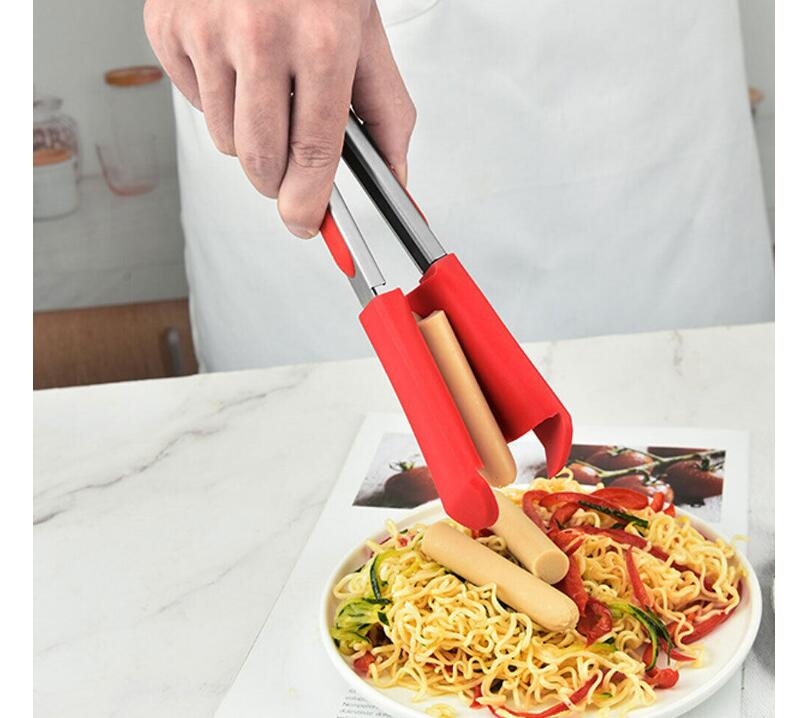
Silicone kitchenware products are becoming more and more popular in daily life, so what are the FDA food-grade tests for silicone products?
Silicone products are widely used. In addition to kitchenware, they also include silicone baby products, silicone daily necessities, silicone tableware, silicone baking molds, sealing mats, silicone pet products, etc.
When these products come into contact with food, they must be safe and non-toxic and will not cause harm to human health. Therefore, FDA food grade testing is very important.
![]()
![]()
The testing content of silicone products mainly includes chemical substance migration test, heavy metal content test, microbial content test, etc.
These tests ensure that silicone products will not release or transfer harmful substances and will not affect the quality and safety of food.
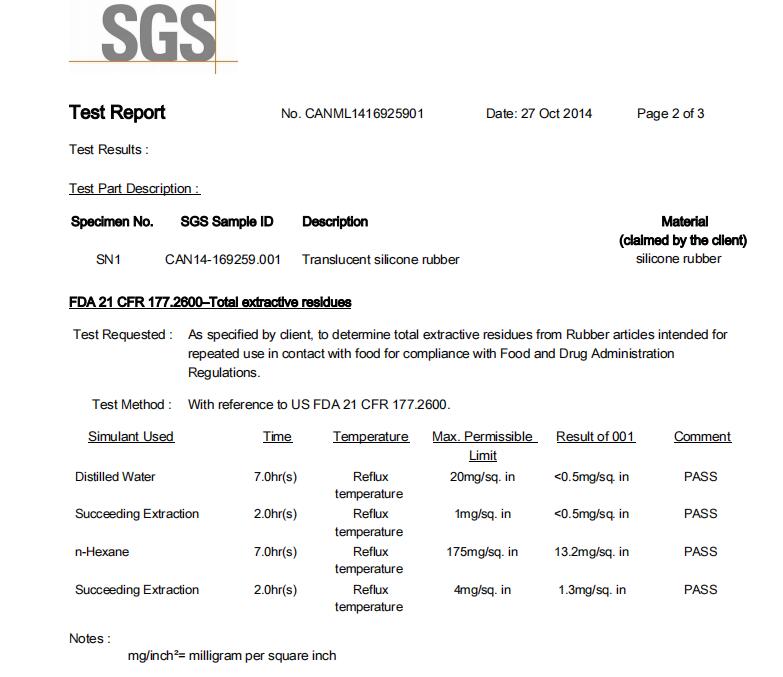
Material Compliance:
Ensure that the silicone material used in the kitchenware complies with FDA regulations for food contact materials. The FDA has specific requirements for different types of materials, including silicone.
Extractables and Leachables Testing:
Conduct testing to determine the levels of extractable and leachable substances from the silicone material. This is essential to ensure that the silicone does not transfer harmful substances to food during use.
Biocompatibility Testing:
Perform biocompatibility testing to assess the compatibility of the silicone material with the human body. This is particularly important for kitchenware that may come into contact with food and, subsequently, with the mouth.
Migration Testing:
Test for migration of substances from the silicone material to food under normal and foreseeable use conditions. This helps ensure that the kitchenware does not introduce harmful substances into the food.

Stability and Durability Testing:
Assess the stability and durability of the silicone material under various conditions, including exposure to heat, cold, and cleaning agents. This is crucial for kitchenware that may be subjected to different temperatures and cleaning processes.
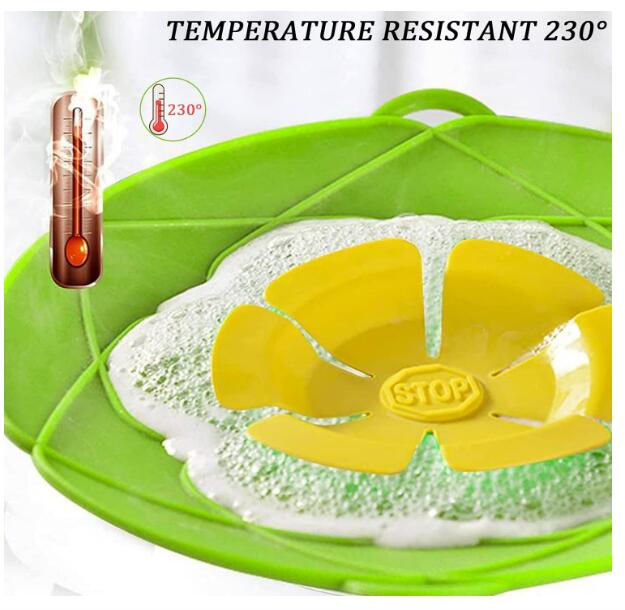
Colorant and Additive Approval:
If the silicone product includes colorants or other additives, ensure that these additives are FDA-approved for food contact. Some colorants or additives may not be safe for use in items that come into contact with food.

Overall Migration Limit (OML) Testing:
Determine the overall migration limit of the silicone material. The OML sets the maximum amount of substances that can migrate from the material to food, ensuring that the levels are within safe limits.
Specific Migration Limits (SML) Testing:
For specific substances (such as heavy metals), adhere to the FDA’s specific migration limits. These limits specify the maximum permitted levels of certain substances in contact with food.
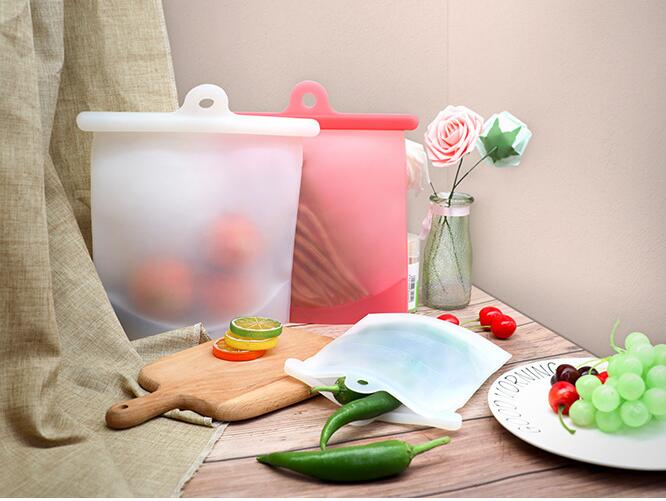
Compliance with Food Additive Regulations:
Verify that any additives or processing aids used in the production of silicone kitchenware comply with FDA regulations for food additives.
Labeling Compliance:
Ensure that product labeling complies with FDA requirements. This includes providing accurate information about the materials used, proper use and care instructions, and any warnings if applicable.
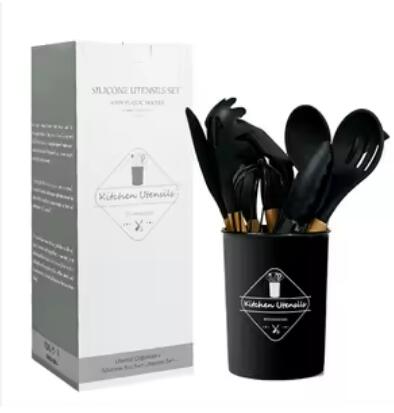
It is important to note that FDA food grade testing is a long-term process that requires regular testing and monitoring to ensure the quality and safety of silicone products. At the same time, consumers also need to choose regular brands and products when purchasing silicone kitchenware products to ensure that the products comply with FDA food-grade standards. The above is the sharing of the FDA food-grade testing content of silicone kitchenware products.


